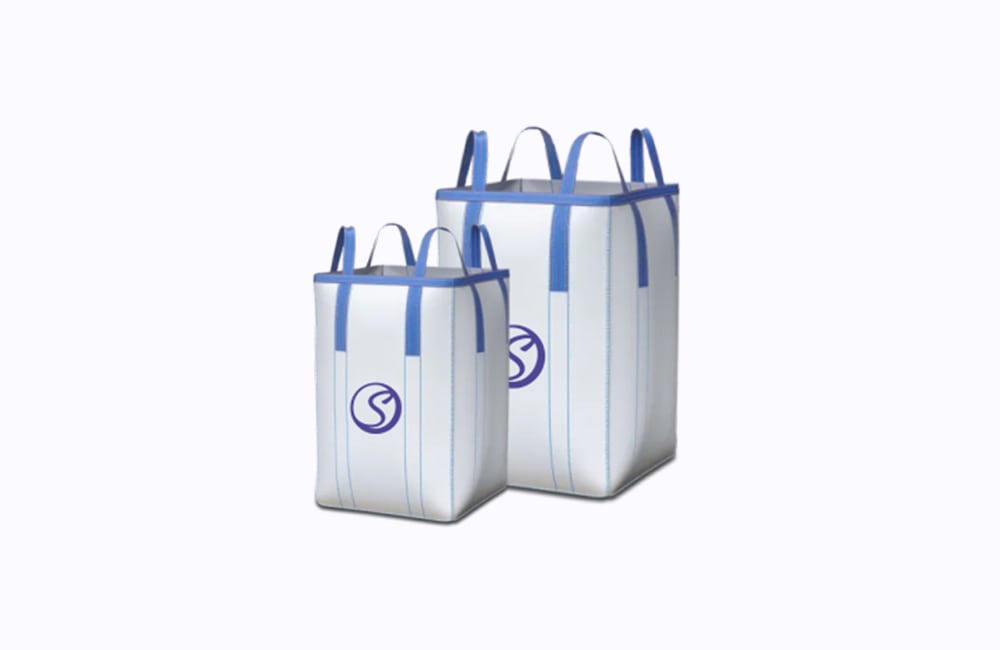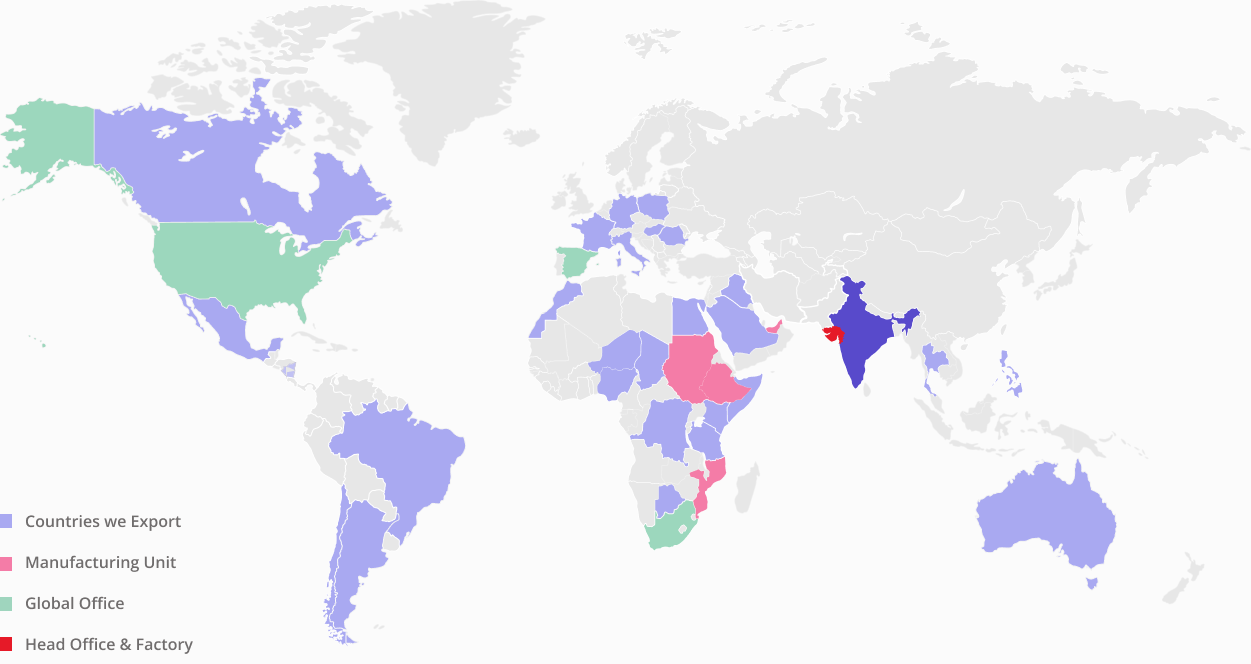Are FIBCs Recyclable? A Guide to Sustainable Bulk Bags

Learn about the recyclability of FIBCs. Discover the recycling process, benefits, challenges, and best practices for sustainable waste management.
Understanding FIBCs: Are They Recyclable?
Flexible Intermediate Bulk Containers (FIBCs), also known as Big Bags or Bulk Bags, are widely used in industries such as agriculture, construction, and manufacturing for storing and transporting dry, flowable materials. Given their extensive use, an important question arises: Are FIBCs recyclable? Understanding their recyclability is essential for ensuring sustainable industrial practices.
Composition and Types of FIBCs
FIBCs are primarily made from woven polypropylene, a durable and reusable thermoplastic. They are available in various types, each designed for specific applications:
- Type A: Made from plain polypropylene fabric, these bags provide no static protection and are unsuitable for flammable environments.
- Type B: These have a lower breakdown voltage than Type A, reducing but not eliminating the risk of static buildup.
- Type C: Constructed with conductive fabric and grounding threads, they can safely dissipate static electricity when properly grounded, making them ideal for handling flammable materials.
Are FIBCs Recyclable?
FIBCs are recyclable, but their ability to be reprocessed depends on their material composition and the type of substances they have stored. Polypropylene is a recyclable plastic, making FIBC bags an eco-friendly choice when handled correctly. However, if the bags are contaminated with hazardous materials, they may require special treatment before recycling.
Recycling Process of FIBCs
Recycling bulk bags involves several steps to ensure they are effectively repurposed:
- Collection:
Used bags are gathered from various industries, with careful segregation to avoid contamination. - Sorting and Inspection:
Bags are examined to determine if they can be recycled or need special disposal. - Shredding:
The polypropylene fabric is cut into smaller pieces for easier processing. - Washing:
The shredded material is thoroughly cleaned to remove residues. - Reprocessing:
Clean polypropylene is melted and reformed into plastic pellets, which can be used to produce new FIBC bags or other plastic products.
Benefits of Recycling FIBCs
Recycling FIBCs contributes to environmental sustainability in several ways:
- Conserves Resources: Reduces the need for virgin polypropylene, decreasing petroleum consumption.
- Energy Efficiency: Recycled materials require less energy to process compared to raw materials.
- Waste Reduction: Minimizes landfill waste, promoting a circular economy.
Challenges in FIBC Recycling
Despite the benefits, certain challenges exist:
- Contamination Issues: Bags used for hazardous materials may not be suitable for recycling.
- Economic Considerations: The cost of collecting and processing used bags can impact recycling feasibility.
- Limited Infrastructure: Some regions lack adequate recycling facilities for bulk bags.
Best Practices for FIBC Recycling
To enhance the recyclability of FIBCs, businesses should:
- Store and handle bulk bags properly to prevent contamination.
- Clearly label bags to indicate their contents and recyclability.
- Partner with a trusted manufacturer like Satyendra Packaging Limited., a leading FIBC bags manufacturer in India, to ensure sustainable disposal and repurposing options.
FIBCs, or Big Bags, are a recyclable and sustainable solution for bulk material handling when managed properly. By adopting responsible recycling practices and collaborating with experienced FIBC bag manufacturers, businesses can reduce waste and support environmental conservation. As industries shift towards greener alternatives, working with an environmentally conscious FIBC company can help enhance sustainability efforts.
Recent Blogs
- Polypropylene (PP): Uses, Benefits, and Applications in Packaging Industry
- Leno Bags: A Stronger Packaging Backbone for India’s Farm Produce Market
- The Ultimate Guide to Choosing the Geotextile Fabric for Your Project
- Top 6 Best Packaging Materials for Bulk Goods: Strong & Sustainable
- What is Flexible Packaging? The Smart Choice for FMCG Export & Supply
- Complete Guide to FIBC Bags – Types, Uses, and Benefits You Should Know
- BOPP Laminated Woven Bags Benefits | Satyendra Packaging
- Innovative BOPP Film | Satyendra Packaging Ltd Manufacturing
- BOPP Pinch Bottom Bags | Reliable Custom Packaging
- BOPP Laminated PP Woven Sacks | Durable Custom Packaging
- Leno Bags for Fresh Produce – Breathable & Durable Packs
- PP Woven Fabric: Meaning, Properties & Applications Guide
- FIBC Jumbo Bags: Uses, Benefits & More | Satyendra Packaging
- Top 5 Benefits of Woven Geotextile Fabrics in Roads
- High-Quality BOPP Film Packaging | Satyendra Packaging India
- Are BOPP Films Safe for Food Packaging? | Satyendra Group
- BOPP/PP Block Bottom Bags: Types, Benefits & Industry Uses
- Why PP Multifilament Yarn is Essential for Multiple Industries
- Boost Your Business with BOPP Bags
- Knitted Geotextiles: Game-Changer in Civil Engineering Solutions
- How Flexible Packaging Solutions Help to Grow Business
- FIBC Bags: The Versatile Solution for Bulk Material Handling
- Types of Flexible Packaging and Their Advantages
- Reasons Why PP Leno Mesh Bags Are the Best Choice for Produce Packaging
- Why BOPP Laminated PP Woven Bags Are Right For Your Business?
- Woven Polypropylene Bags: The Complete Guide
- Exploring the Benefits of FIBC Bulk Bags: A Practical Guide

